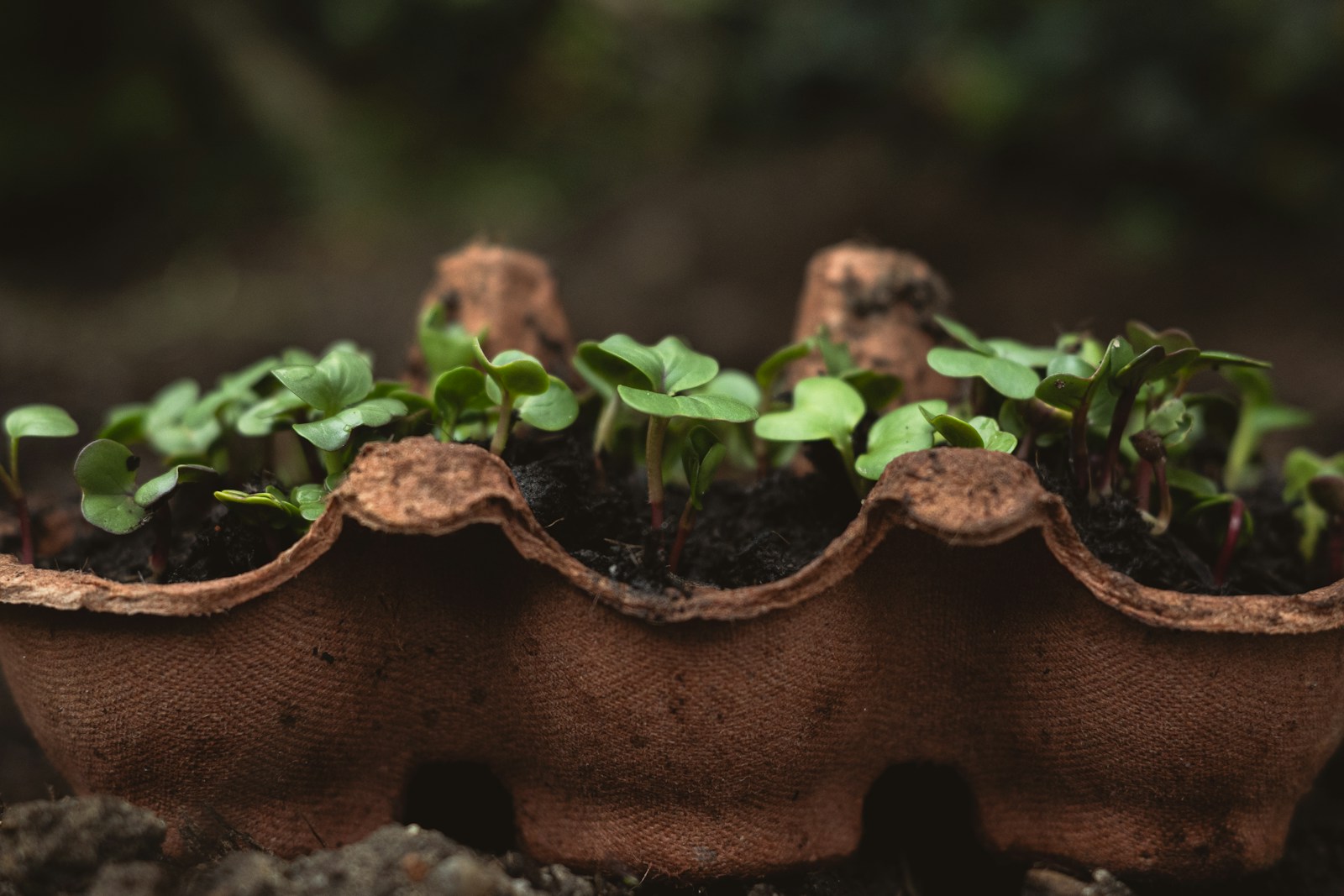In a world grappling with overflowing landfills and dwindling natural resources, the concept of waste is undergoing a profound redefinition. No longer viewed merely as discarded junk, waste is increasingly being recognized as a valuable resource, brimming with untapped potential. This paradigm shift is encapsulated by upcycling and creative reuse, two interconnected practices that are revolutionizing how we interact with materials and inspiring a more sustainable future. Moving beyond the limitations of traditional recycling, upcycling and creative reuse elevate discarded items, transforming them into new products of higher quality, greater value, or entirely new functionality, thereby fostering a true circular economy.
At its core, upcycling, often used interchangeably with creative reuse or repurposing, is the process of transforming by-products, waste materials, useless, or unwanted products into new materials or products perceived to be of greater quality, artistic value, or environmental worth. Unlike downcycling, where materials are broken down and often lose quality in the recycling process (e.g., plastic bottles into lower-grade plastic products), upcycling enhances the value and extends the lifespan of the original item. This means that instead of a material degrading with each cycle, it gains new life and purpose, often becoming a unique, one-of-a-kind item. The principles are simple: Rethink how an item can be used, Reform its physical state, and allow it to be Reborn with a new function or aesthetic.
The benefits of embracing upcycling and creative reuse are multifaceted, touching upon environmental, economic, and social spheres. Environmentally, the impact is immense. By diverting waste from landfills, upcycling significantly reduces environmental pollution and minimizes the need for virgin raw materials. This, in turn, leads to a substantial reduction in energy consumption, water usage, and greenhouse gas emissions associated with manufacturing new products from scratch. For example, reusing one pound of clothing can avoid three to four pounds of CO2 emissions. This conservation of resources directly combats environmental degradation and protects our planet’s finite ecosystems.
Economically, upcycling offers tangible advantages. It can be significantly more cost-effective than purchasing new materials for businesses and individuals alike. This translates into savings and can even open up new market opportunities for brands that incorporate upcycled materials, appealing to a growing segment of environmentally conscious consumers willing to pay more for sustainable products. Furthermore, upcycling often fosters local economies by supporting artisans, small businesses, and community-based initiatives that focus on material exchange and craftsmanship. It encourages skill development in crafting, design, and repair, contributing to local job creation and enhancing quality of life.
Socially, upcycling nurtures creativity, problem-solving skills, and a sense of accomplishment. It encourages individuals to think outside the box, seeing potential where others see trash. This hands-on engagement can be meditative, reducing stress and fostering mindfulness. Community engagement is also a significant benefit, as upcycling projects often bring people together through workshops, material swaps, and collaborative ventures, promoting environmental awareness and social cohesion. There’s a deep psychological satisfaction derived from transforming something deemed “useless” into something beautiful and valuable.
Examples of successful upcycling and creative reuse abound, demonstrating the vast potential:
- Fashion and Textiles: Old denim jeans transformed into stylish bags, fabric scraps woven into new textiles for clothing, or discarded t-shirts reimagined as reusable tote bags or even yarn.
- Furniture and Decor: Wooden pallets becoming chic outdoor seating, old ladders repurposed as bookshelves, antique suitcases reimagined as unique storage solutions or mini-bars, and discarded tires finding new life as outdoor planters or seating.
- Art and Design: Artists creating intricate sculptures from scrap metal or plastic waste, and designers crafting lighting fixtures from old glass bottles or teacups.
- Household Items: Glass jars becoming planters or candle holders, tin cans turning into lanterns or utensil holders, and wine corks being assembled into coasters.
The synergy between upcycling and the circular economy is undeniable. Unlike the linear “take-make-dispose” model, the circular economy focuses on keeping products and materials in use for as long as possible, regenerating natural systems, and designing out waste and pollution. Upcycling is a fundamental tool within this model, closing the loop by transforming discarded materials into valuable resources, thereby reducing reliance on virgin resources and minimizing waste. It represents an upward spiral of value creation, ensuring materials contribute to the economy multiple times rather than ending up in a landfill after a single use.
As we confront the challenges of waste and resource depletion, upcycling and creative reuse offer not just practical solutions but also a powerful source of inspiration. They encourage a mindset shift from consumption to creation, from waste to resource. By embracing these practices individually and supporting them collectively, we can redefine waste as a goldmine of possibility, paving the way for a truly sustainable and resource-efficient future.
References:
- Ellen MacArthur Foundation: A global leader in circular economy thinking, providing extensive resources on how upcycling fits within this transformative economic model.
- Number Analytics – Revolutionizing Sustainability through Creative Reuse: Offers definitions, principles, and benefits of creative reuse in sustainable design, including examples of successful projects.
- My Eco Closet – Benefits of Upcycling: for Earth, Society, and You: Detailed discussion of upcycling’s advantages for the environment, individuals, and society, highlighting waste reduction, resource conservation, and fostering creativity.
- RethinkRebels – From old to gold: The benefits of upcycling in a circular economy: Explores the economic, environmental, and social benefits of upcycling, emphasizing its connection to the circular economy.
- Flora & Fauna – Top 10 Upcycling Ideas: Provides practical examples of upcycling everyday items into new, functional, and decorative pieces.
- UNEP (United Nations Environment Programme) – Towards SDG 12: Upcycling Biomass and Waste to Valuable Products: Directly links upcycling to the achievement of SDG 12, focusing on its role in waste reduction and resource utilization.


